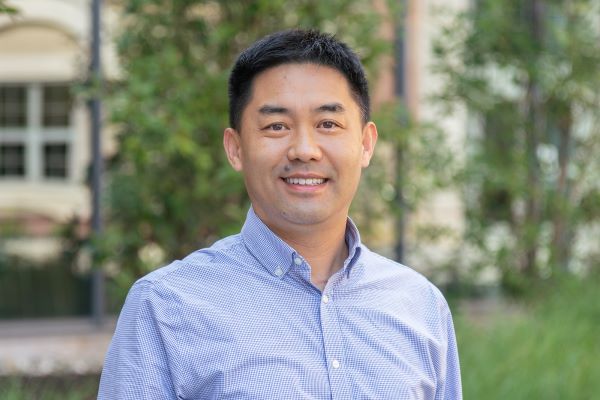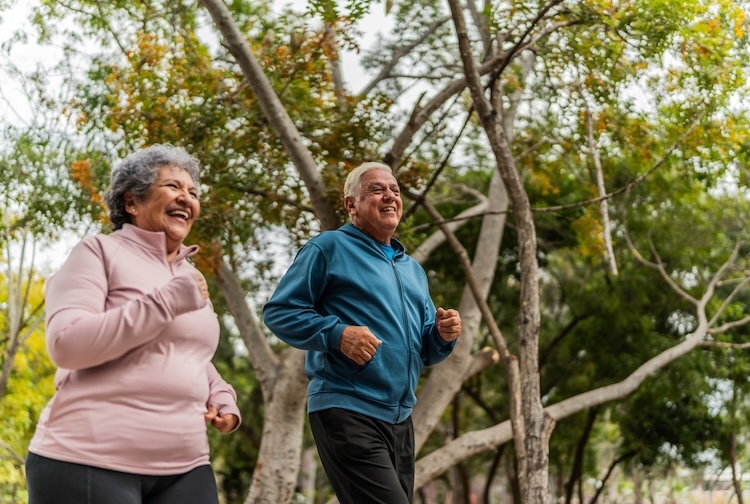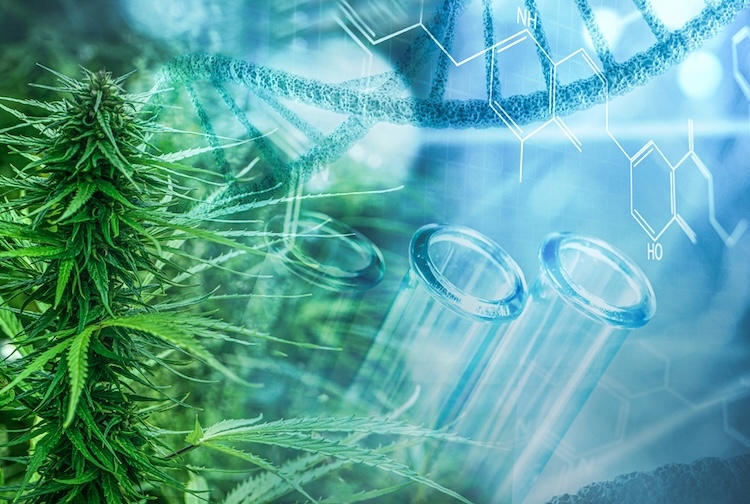Building a better face mask
VCU researchers are developing a material designed to capture — and kill — microbes, including the COVID-19 viruses.
November 30, 2021 Photo: Getty Images
Photo: Getty Images
By Rebecca Jones
Highly contagious new COVID-19 strains call for better masks. Wei-Ning Wang, Ph.D., is working to meet this need with a mask design that uses chemical reactions and electrical charges to kill microbes, including the coronavirus particle.
“The problem with almost all commercially available masks is that they are passive devices. They capture airborne pathogens, but they don't kill them,” said Wang, an associate professor in the Department of Mechanical and Nuclear Engineering in the Virginia Commonwealth University College of Engineering.
Screening out microbes can be an effective strategy, he added. “But in high-risk areas like hospitals, you have a lot of airborne bacteria or virus collected on the mask's surface, so there is an elevated risk of contamination — especially while removing or changing masks.”
Wang and Ping Xu, Ph.D., a professor in the VCU School of Dentistry, and mechanical and nuclear engineering doctoral student Zan Zhu are developing a comfortable, three-layered mask that captures and kills microbes.
Wang's work is just the latest mask innovation underway at VCU Engineering. A student-led team is also developing a mask that uses heat in an attempt to create a hostile environment for microorganisms and viruses.

Wei-Ning Wang. (Daniel Wagner, VCU College of Engineering)
The mask Wang and colleagues are developing has a “user-friendly” innermost layer that absorbs water vapor. “Human exhalation is saturated with water vapor, so it has 100% relative humidity,” Wang said. “This means that these vapors will condense inside the face mask, causing discomfort.” A mask that effectively absorbs those vapors will keep the wearer cooler and dryer — no more foggy eyeglasses.
The middle layer, meanwhile, catches virus particles with the same efficiency as N95 masks.
But most particles will never make it past the outer layer, where the virus killing occurs. The exterior layer of Wang's mask design is made of electrospun nanofibers embedded with nanocrystals containing an antibacterial and antiviral ammonia compound often found in detergents.
These nanofibers also carry a positive electrical charge. This helps them attract pathogens that are negatively charged. When a pathogen adheres to the nanofiber, the resulting pressure disrupts the pathogen's membrane and leads to cell death.
In other words, the researchers are developing a material designed to poison and electrocute the COVID-19 particle. The chemicals and other components of this material are nontoxic, low cost and reusable.
Their work was published earlier this year in the journal Environmental Science: Nano, a publication of the Royal Society of Chemistry.
“In high-risk areas like hospitals, you have a lot of airborne bacteria or virus collected on the mask's surface, so there is an elevated risk of contamination — especially while removing or changing masks.”
Wei-Ning Wang
The concept for the group's self-decontaminating mask grew out of earlier work on an antimicrobial HVAC filter for which Wang and Xu were awarded a 2019 Commonwealth Research Commercialization Fund Award. Their technology has been disclosed to VCU Innovation Gateway and is patent-pending.
Wang and his collaborators are working to decrease the time needed for the mask's outer layer to kill pathogens. Right now, the process takes 30 minutes to an hour. Although the materials for this device are already inexpensive, the team will be looking at further cost savings so the mask can be produced at scale when it is commercialized.
While this mask innovation is particularly relevant in the era of COVID-19, Wang believes it also has potential to be a long-term game-changer for health care workers.
“The risk of hospital-acquired infections is always high. In addition, health care workers need to wear face masks all day,” he said. “So our group wants to produce a mask for them that truly mitigates that risk and is comfortable to wear.”


.jpg)

